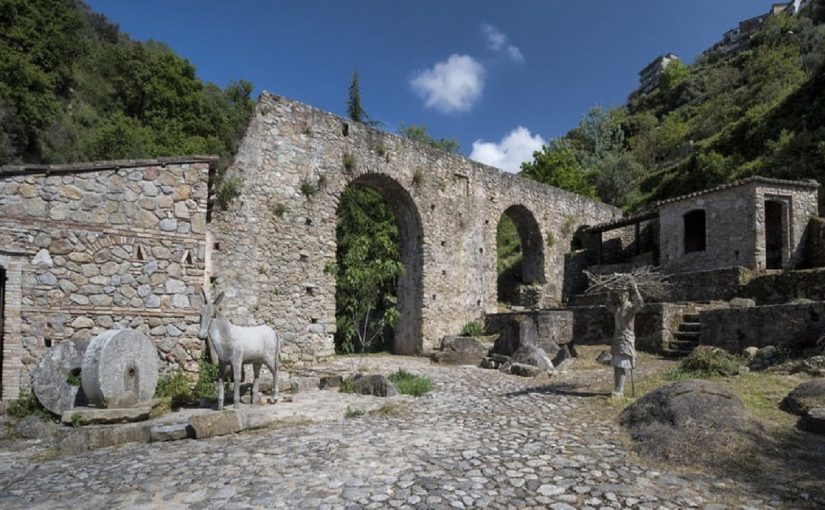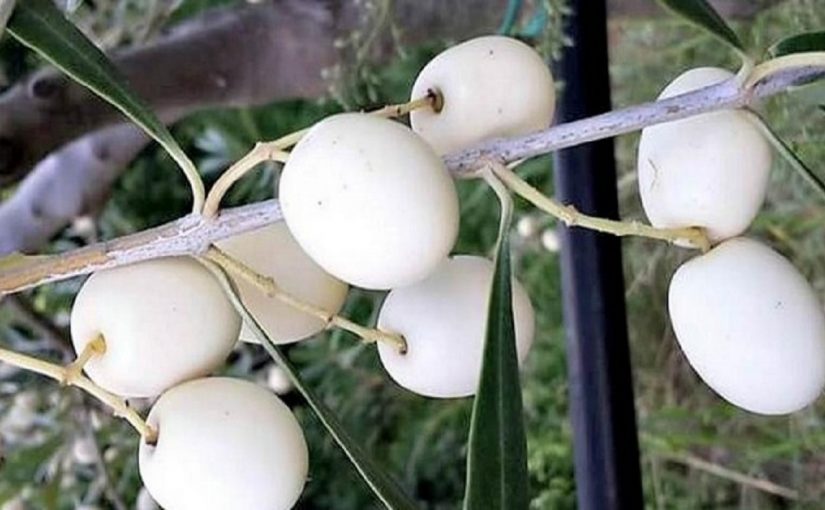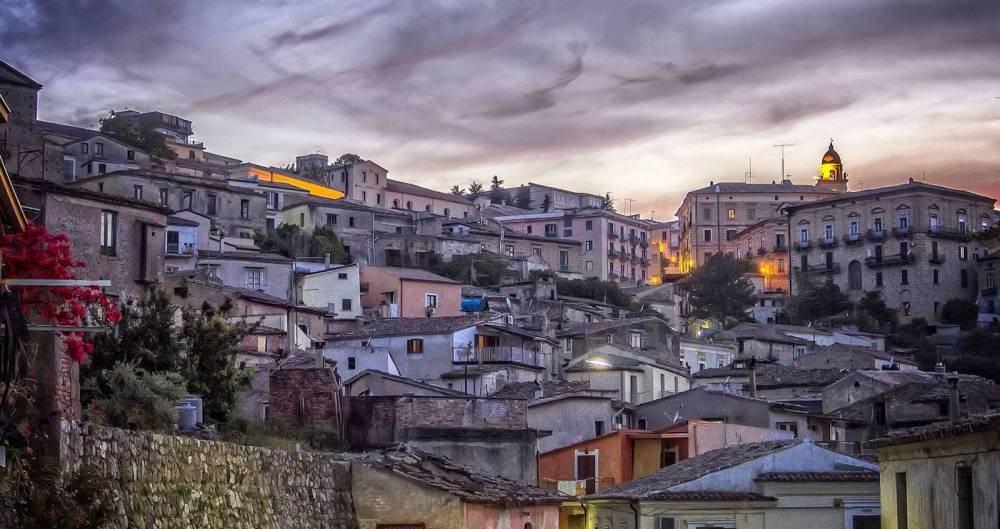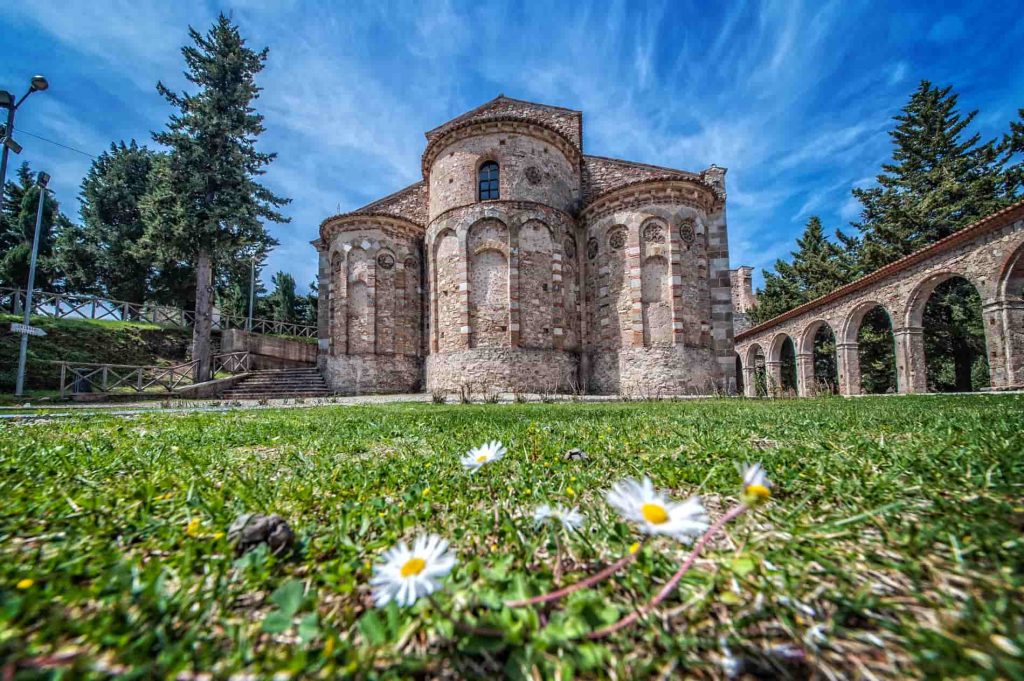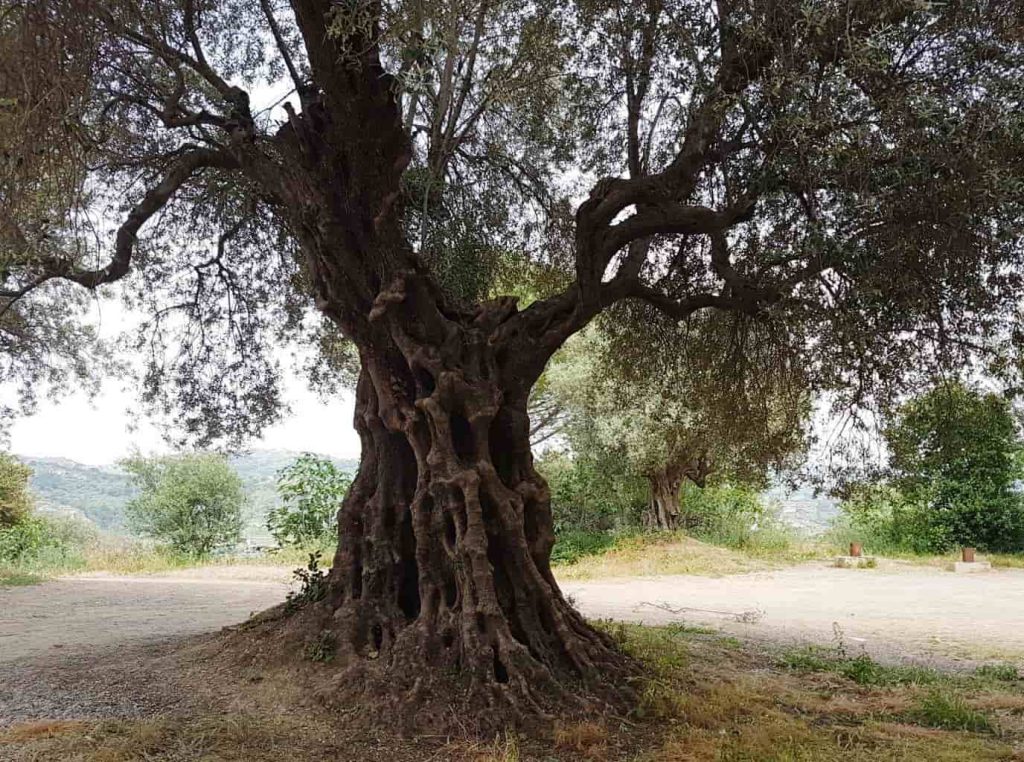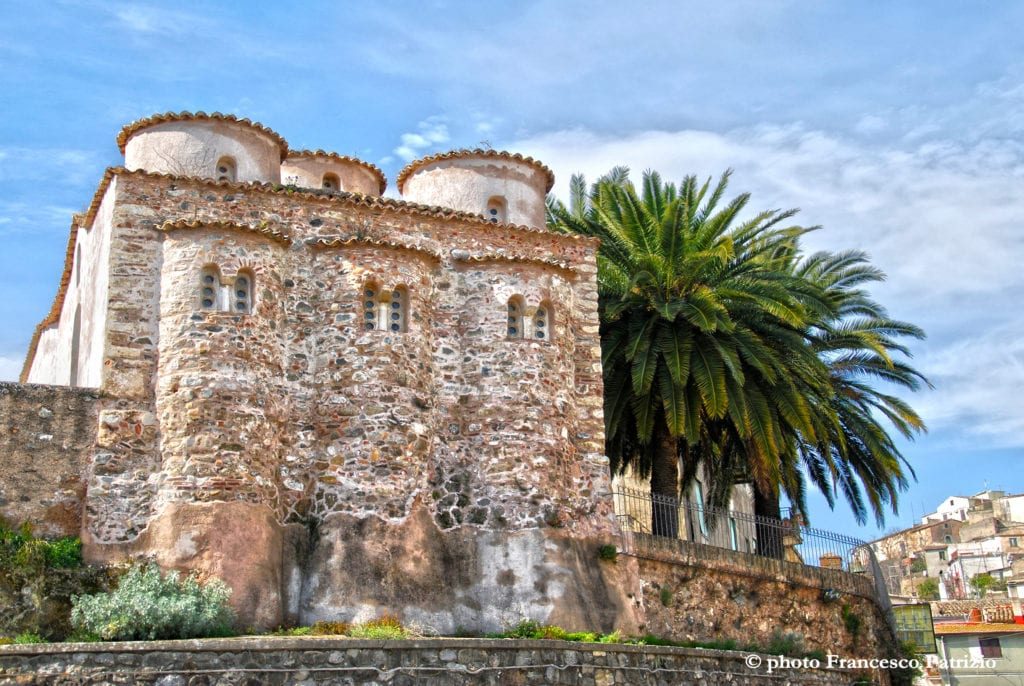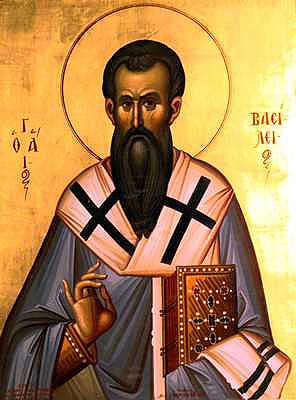19.11.2019
The province of Vibo Valentia is certainly known to most for the wonderful Costa degli Dei. Capo Vaticano, Tropea, Ricadi, Pizzo, Zambrone, are the most famous tourist resorts for the beauty of the crystal clear waters that bathe them.
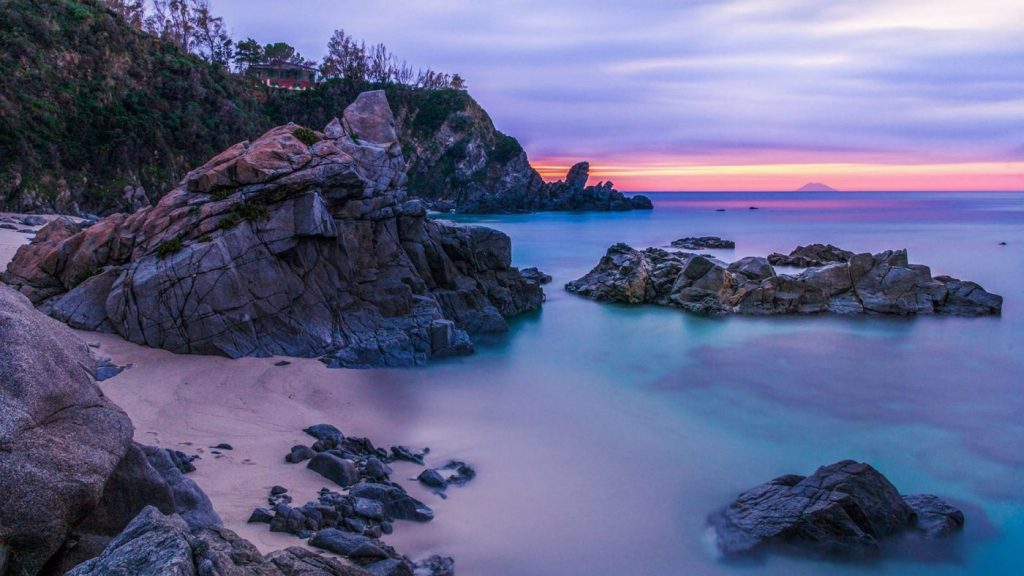
However, Calabria, beyond its splendid coasts, has a very rich natural heritage in the form of a predominantly hilly and mountainous area, rich in biodiversity. Characteristic flora and fauna that can best be observed with a trekking path, guided by one of the local expert environmental guides.
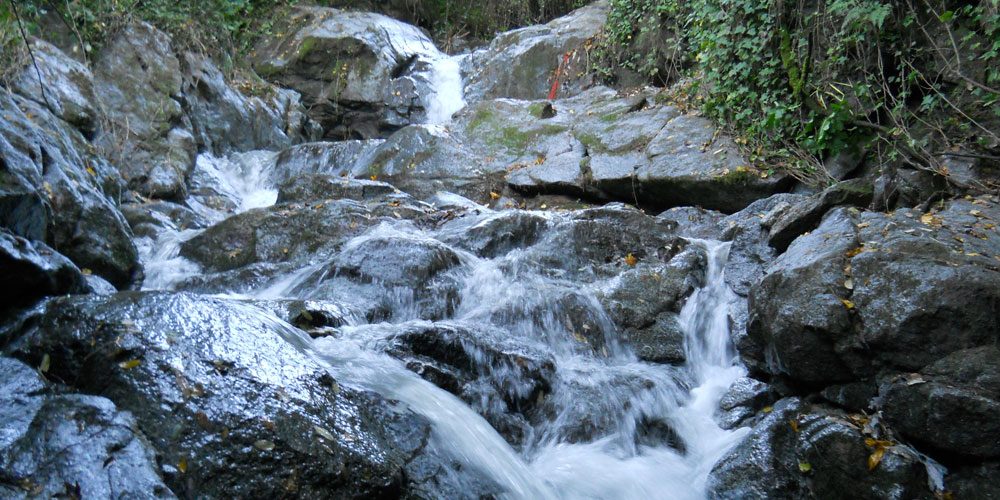
This terrific trekking between nature and food and wine will take you on the peak of the Mount “Poro”.
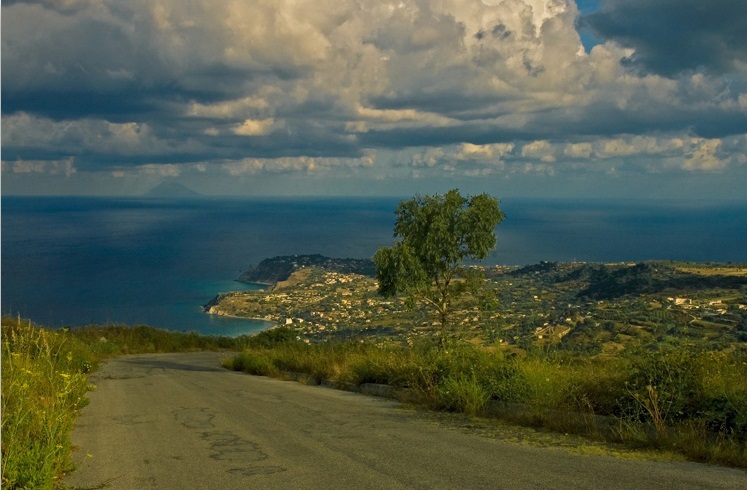
THE MOUNT PORO
Mount Poro can be defined as the fulcrum of the Vibonese hinterland. It overlooks the splendid landscape of the Costa degli Dei, set in a panoramic position between the mountains and the sea, and is characterized by very extensive meadows that are still used today for grazing.
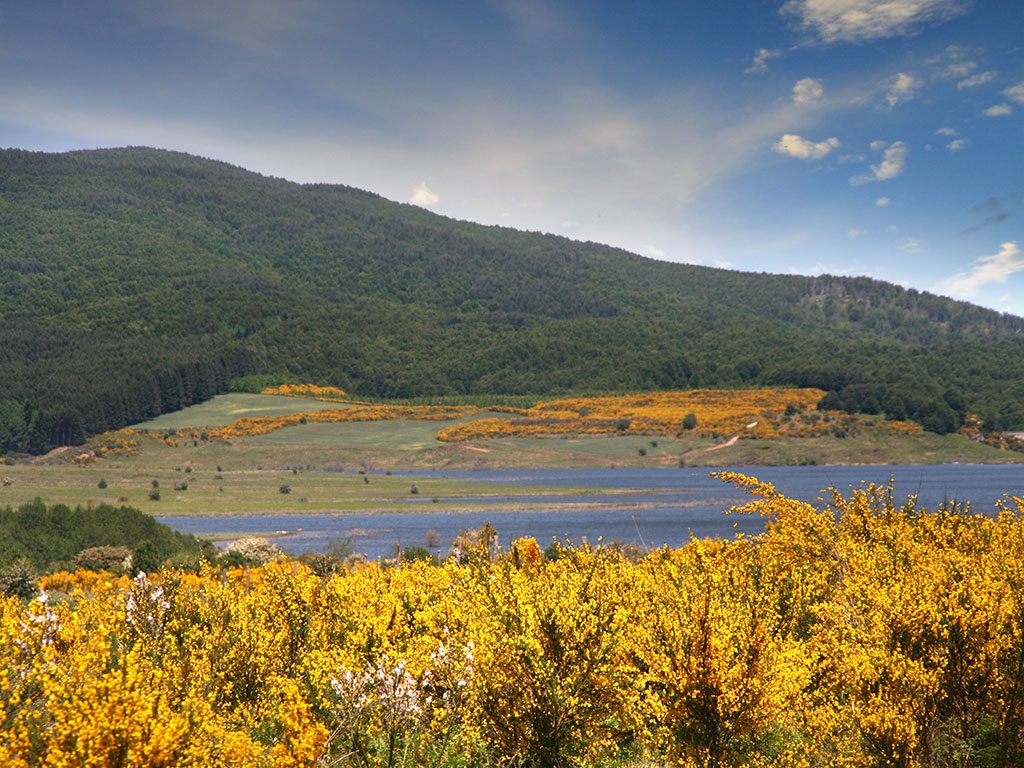
The altitude, 700 meters above sea level, not being very high, allowed the development of a rich vegetation among green pastures, olive groves, vineyards and rows of poplars.
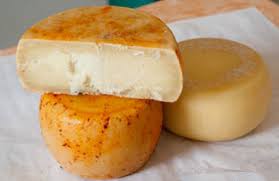
RECOMMENDED PATH
The excursion to Mount Poro will start from Spilinga, a very well-known location for the production of ‘nduja, which is located at the foot of Monte Poro, just 11 km from Tropea and 10 km from Capo Vaticano.
From Spilinga, going along a mule track, it is possible to go up the bed of the Ruffa river.
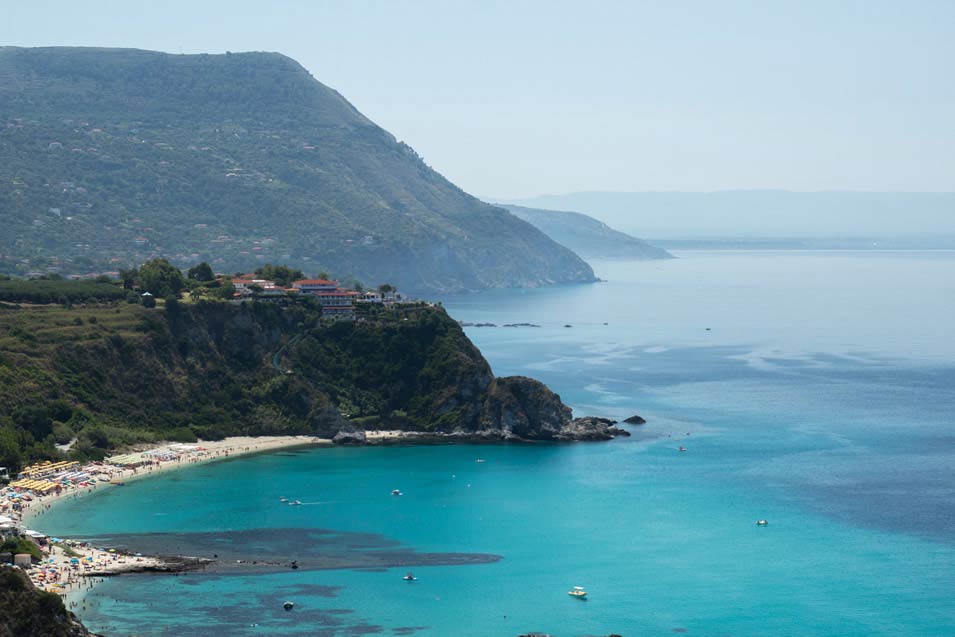
It is with this path that it is possible to admire precious historical testimonies and natural wonders and to arrive to the remarkable village of Soriano Calabro.
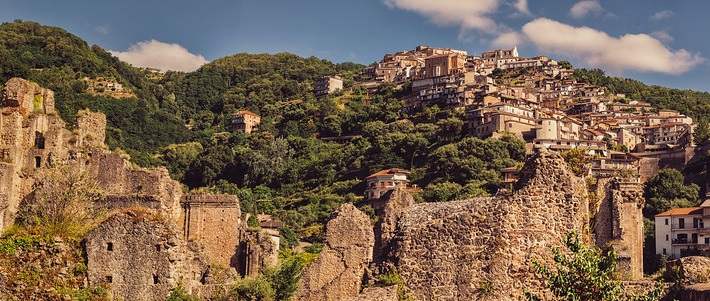
THE REMAINS OF THE NINE MILLS
During the trek, the remains of Nine Mills will appear along the so called “Valle dei Mulini“.
Their origins date back to around the 7th-10th century; during the era of the Arab invasions the mills were improved and increased and were a very important resource from the economic point of view for this territory up until the 1950s.
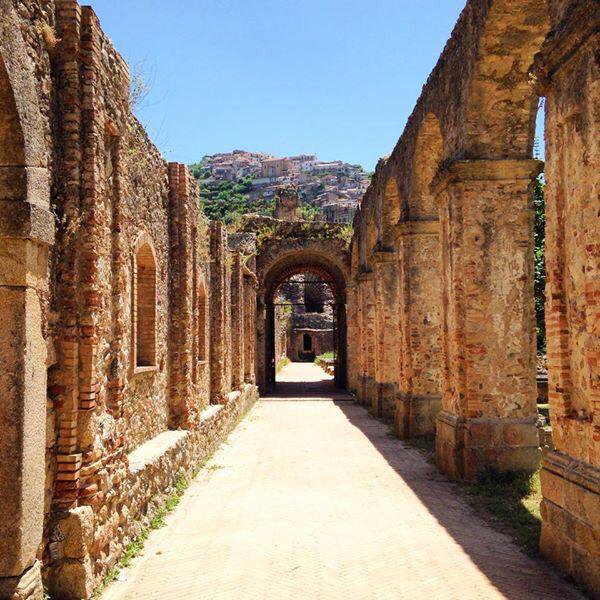
Along the way an expert guide can illustrate the rich heritage of the flora that includes both the most known Mediterranean scrub, such as oak, elm, laurel, strawberry trees, myrtle, blackberries, wild fennel, oregano and others. But above all very particular plants such as Mediterranean orchids, including the “orchis italica“, also called “naked man“. You can also observe the “Woodwardia Radicans“, a tropical fern with a very beautiful and unique appearance.
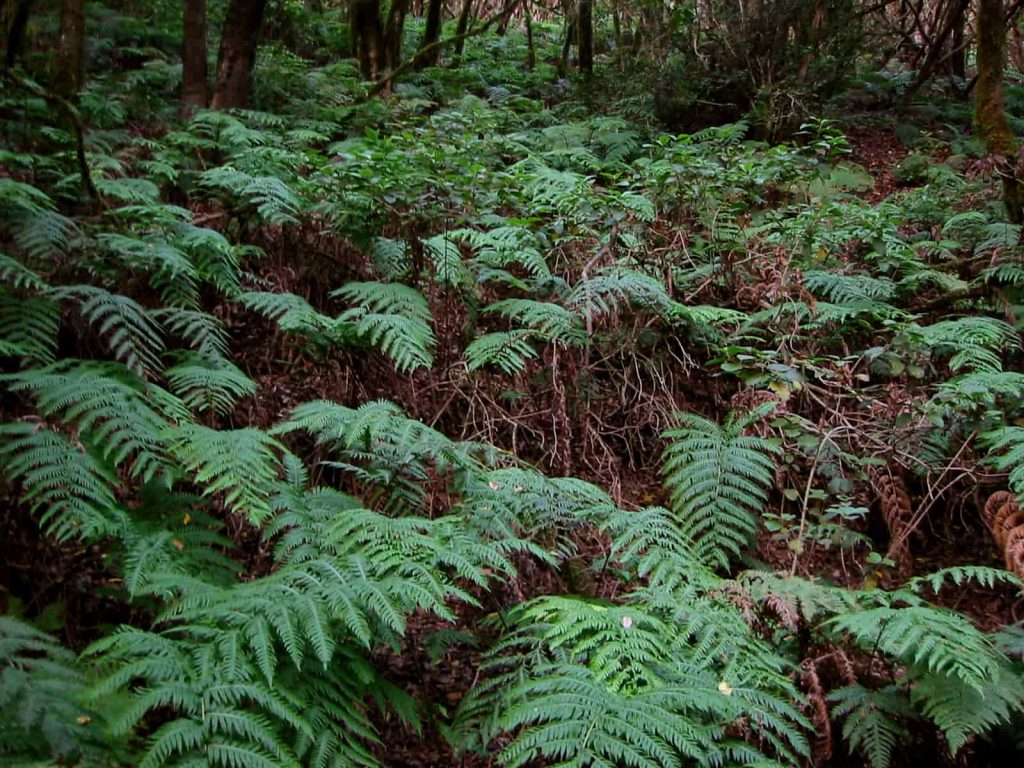
THE RARE GIANT FERN
This plant certainly deserves a brief study. It is a Rare Giant Fern, whose fronds can reach a length of three meters.
In Italy we can find it in Sicily, in some gorges of the Peloritani and in some areas of Campania, but above all it is present in Calabria, on Mount Poro and in Aspromonte.
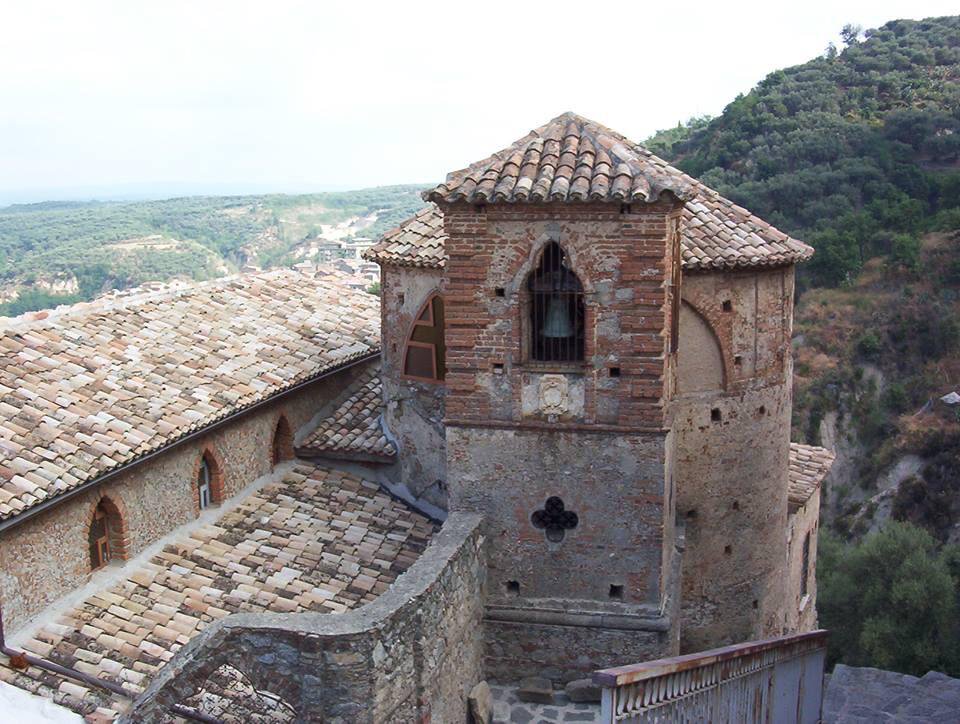
Along the Stilaro river, near the Marmarico waterfall, near Bivongi, there are numerous specimens. However, it is precisely along the banks of the Ruffa stream, and near the Milo river, that more than 2000 specimens of Woodwardia radicans grow. It is the most impressive concentration of this rare plant so far discovered in the world. The cause of this concentration is precisely the microclimate of this territory, which represents the ideal habitat of this plant. High humidity, poor direct lighting and temperatures between 10 and 25 degrees.
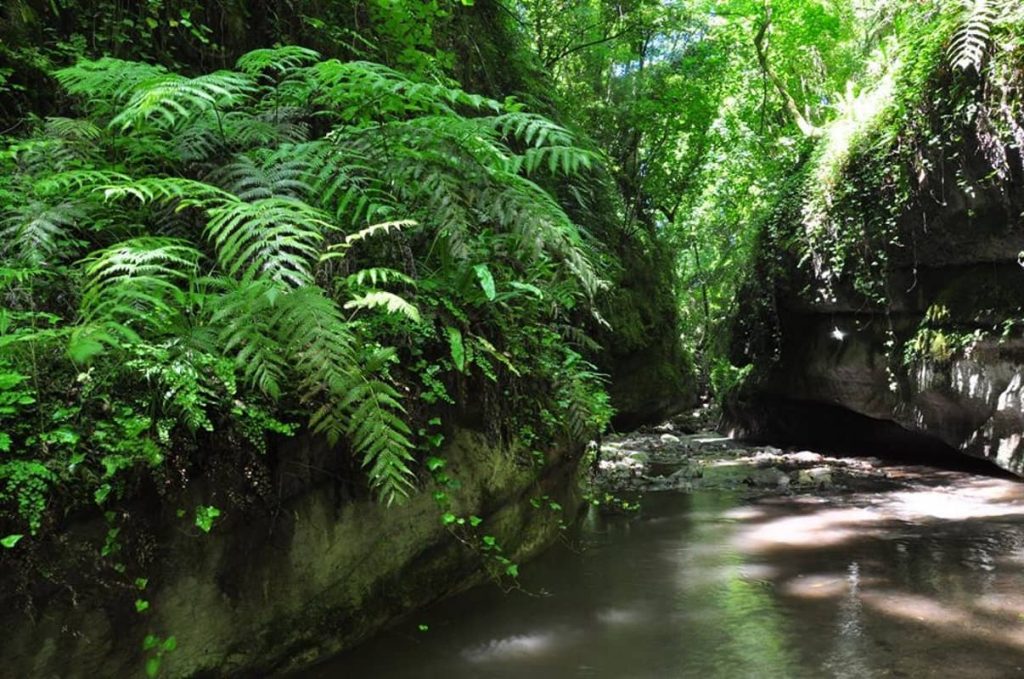
A REMARKABLE FAUNA HERITAGE
Also noteworthy is the wildlife, consisting of wild boar, badger, fox, stone marten, weasel, hedgehog, dormouse and others.
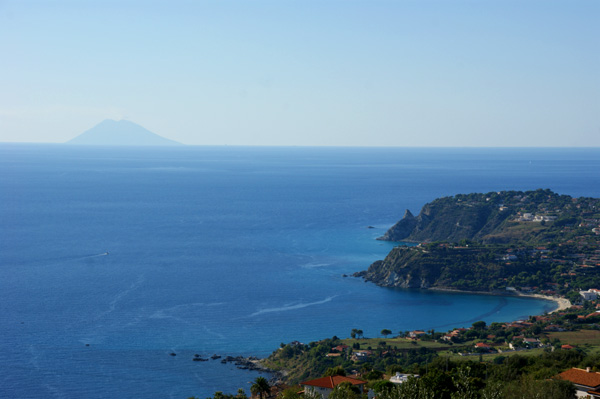
Depending on the period in which this excursion is made, thrushes, marsh harriers, snipes and larks can be spotted at different times, precisely because this valley represents a transit and wintering area for these animals. Moreover, among the birds of prey, you can admire the buzzard, the owl, the barn owl and the kestrel.
THE PECORINO OF “MONTE PORO”
Returning to Spilinga, it is possible to visit the local shops of typical products, like Cirò wine, ‘nduja, salamis, capicollo, soppressata, some of them also preserved in oil, and the delicious pecorino cheese of Mount Poro.
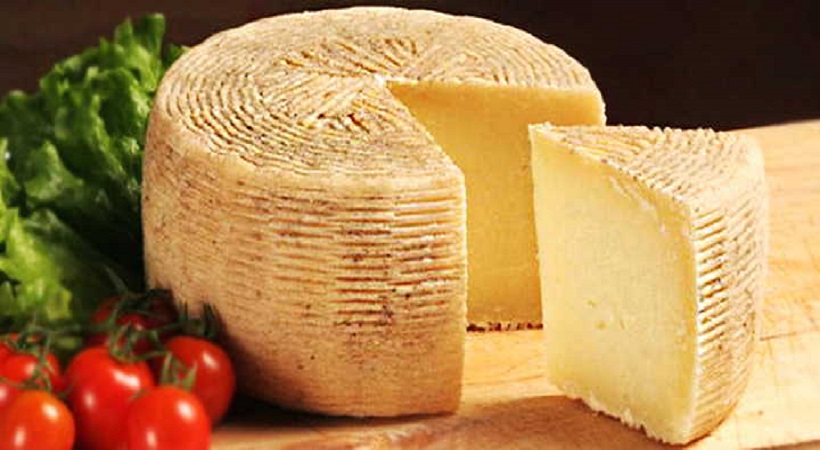
“Pecorino del Monte Poro” is considered by many to be the best pecorino cheese in southern Italy. The milk from local farms is made special by the essences of the plateau, on which extensive grazing is practiced.
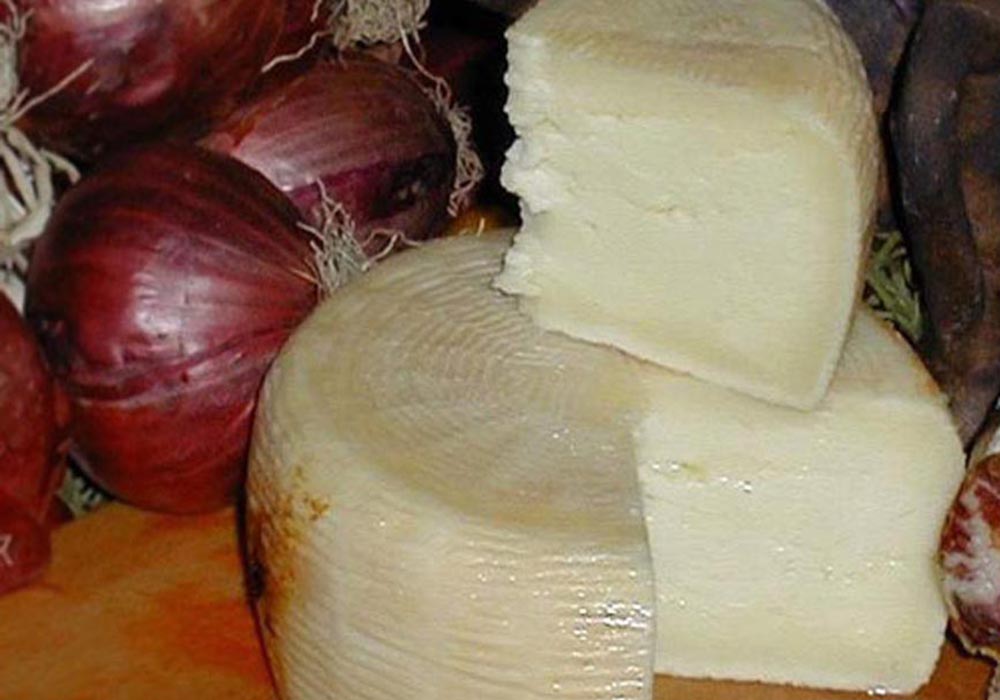
This cheese, protected by the special mark “DOP,” represents a local excellence that differs from other similar products due to some precautions during the production process, by the traditional processing and, finally, by the special aging techniques of this genuine cheese…

